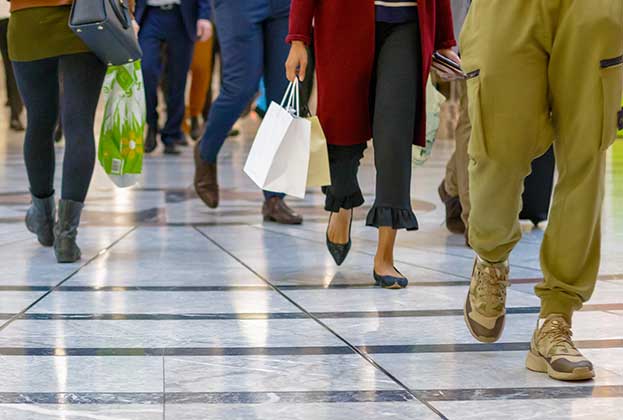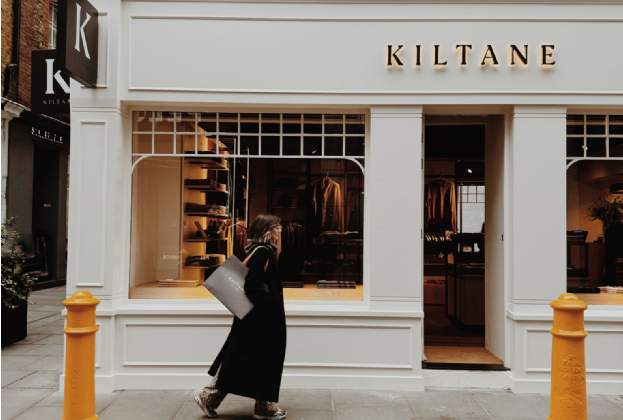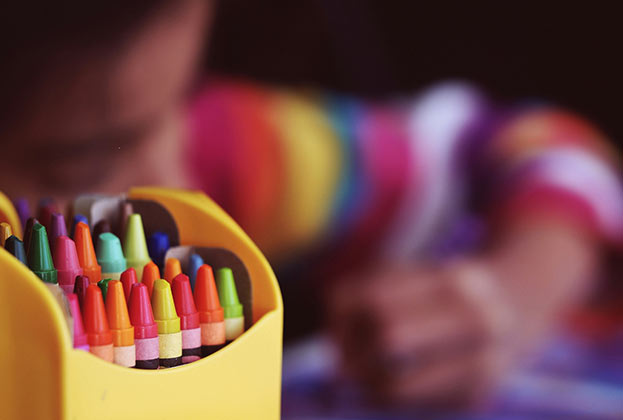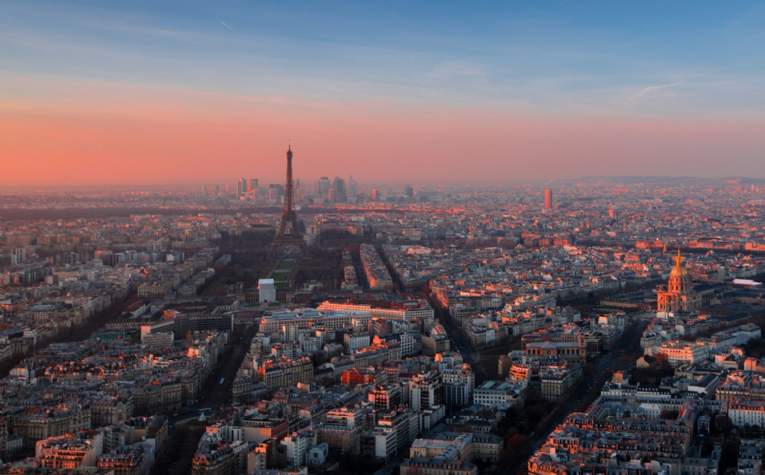When the retail sector reopened last month there was a distinct feeling of déjà vu. Masked shoppers returned - socially distanced of course - and stores opened their doors for a third time following government ordered closures.
However, this time round there’s a notable sense of optimism as we progress out of what will hopefully be the final lockdown. With that in mind, how has the industry fared over the past weeks and what similarities, and differences, we can see compared with the reopening we experienced in June of last year?
Overall, sales figures appear to be encouraging. The Office for National Statistics reported that sales rose 9.2 per cent in April (month on month), more than double the forecasted rise of 4.5 per cent. As a result, online spend fell from 34.7 per cent to 30 per cent as consumers returned to physical stores. Somewhat surprisingly, the sales uplift follows two previous months of consecutive growth, suggesting that in spite of all non-essential retail being closed from January through to 12 April, the retail sector perhaps showed a little more resilience in this most recent lockdown.
Research from Savills across the retail sites that we manage (comprising approximately 1,000 retailers) shows that while sales in April were down 25 per cent on April 2019, this is a significant uptick on the -48 per cent year on year decline we recorded in June 2020, when stores reopened following the first lockdown.
A combination of growing pent-up demand, increased consumer confidence and a successful vaccination rollout has led to a stronger retail bounce back compared with last year, when consumers were clearly more cautious. Interestingly, we have also seen higher average transaction volumes this time round, alluding to the growth in savings that consumers have made following a second lengthy lockdown.
In terms of the best performing retail categories, opticians were the standout retailer type, with sales up 30 per cent compared with April 2019 as demand for eye tests and eyewear soared following three months of closure. Sporting goods also performed well, down only 3 per cent, as consumer appetite for health and fitness products showed no signs of slowing down.
Interestingly, mixed clothing retailers (those selling both men’s and women’s clothing) saw sales dip just 4 per cent, compared with a significant drop of 59 per cent in June 2020. This again suggests that customers are perhaps far more confident to browse this time round, with many retailers opening changing rooms for the first time in over a year.
The categories experiencing continued struggles were stationery and music, books and games – both of which also struggled following the lifting of restrictions last year and likely a reflection of the competition these retailers are facing online.
As we hopefully progress out of the pandemic, there will no doubt still be headwinds facing the retail sector. However, what we can see now is a renewed sense of optimism and the retailers that are ready to capitalise on this, while embracing the structural changes within the industry, are the ones best placed to succeed.
Further information
Contact Savills Shopping Centre Management
.jpg)
.jpg)







.jpg)
